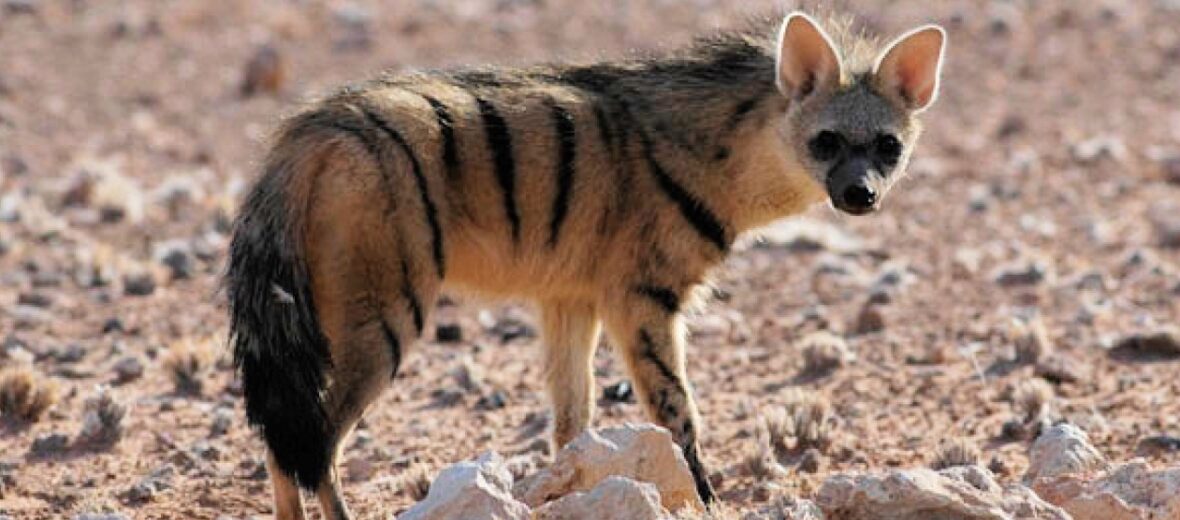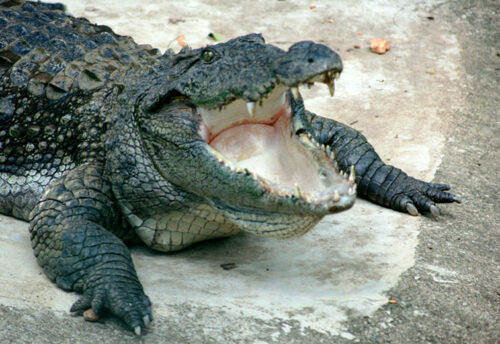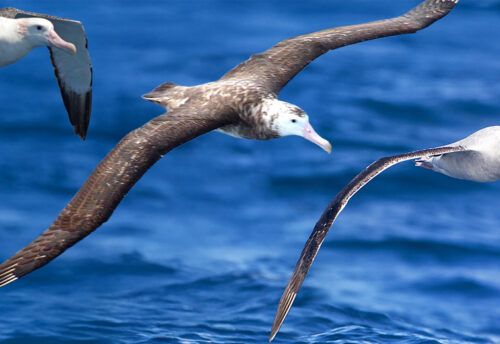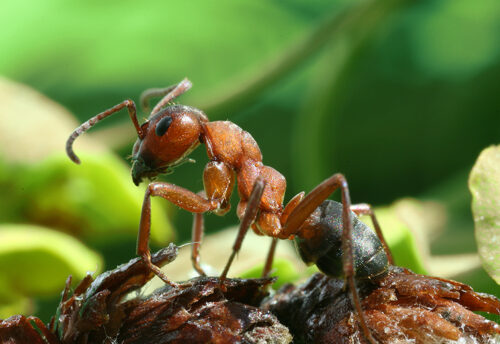
The aardwolf is a small dog-like critter that is part of the hyena family. The main differences between them and the hyena are that they are much smaller and don’t prey on large prey, but rather insects; like the aardvark. Aardwolf means “earth wolf” in Afrikaans, a language spoken by many South Africans. These critters are listed as Least Concern by the IUCN.
First the Stats…
Scientific name: Proteles cristata
Weight: Up to 20 lbs.
Length: Up to 43 inches
Lifespan: Up to 20+ years
Now on to the Facts!
1.) Aardwolves have a mane that stretches from their head to the base of their tail. The they raise, or poof up, their mane to appear larger when they feel threatened.
2.) The aardwolf has a long sticky tongue for fetching insects. They have flattened teeth that are best for munching on various insects; like ants and termites.
3.) Maggots and other soft-bodied invertebrates are also consumed on occasions.
4.) Aardwolves are nocturnal (active at night).
5.) The aardwolf is a solitary, territorial animal. It occupies a territory of approximately 1 – 4 square miles. Boundaries of their territory are scented with urine, feces, and scent produced from their anal glands. They will fiercely defend their territory by fighting with other aardwolves.
But wait, there’s more on the aardwolf!
6.) Wild dogs, jackals, and humans are the main predators of the aardwolf.
7.) While typically a silent animal, clucking, growling, and roaring sounds can be heard occasionally.
Did you know…?
Aardwolves can eat up to 300,000 termites in a night!
8.) Even though they are capable of digging their own burrows, the aardwolves tend to favor abandoned burrows of aardvarks and porcupines.
9.) Aardwolves are monogamous (they mate for life).
10.) The female gives birth to 2 – 4 cubs after a 90 day incubation. After 3 – 4 months, the cubs will begin to forage for insects with their parents.
Now a Short Aardwolf Video!
Also, check out the Critter Science YouTube channel. Videos added frequently!
Want to suggest a critter for me to write about? Let me know here.



